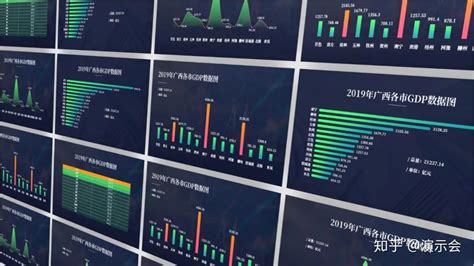Title: Leveraging Excel for Big Data Analysis
In the realm of big data analysis, Excel might not be the first tool that comes to mind. However, its versatility and userfriendly interface make it a valuable asset in managing and analyzing large datasets. Let's delve into how Excel can be effectively utilized for big data tasks and explore some best practices for maximizing its potential.
Understanding Big Data
Before diving into Excel's role in big data analysis, let's clarify what constitutes big data. Big data typically refers to datasets that are too large and complex to be processed by traditional data processing applications. These datasets often come from various sources, including social media, sensors, transactions, and more.
Excel's Role in Big Data Analysis
Excel may not be designed specifically for big data analysis, but it can still handle considerable amounts of data efficiently. Here's how Excel can be leveraged for big data tasks:
1.
Data Import
: Excel allows users to import data from various sources, including databases, text files, CSV files, and even online sources. For big data analysis, importing data in chunks or using tools like Power Query can help manage large datasets effectively.2.
Data Cleansing
: Cleaning and preprocessing data are crucial steps in any analysis process. Excel provides numerous functions and tools for data cleaning, such as removing duplicates, handling missing values, and standardizing data formats.3.
Data Manipulation
: Excel's powerful functions and formulas enable users to perform various data manipulation tasks. Whether it's aggregating data, performing calculations, or transforming data using functions like VLOOKUP, INDEXMATCH, and PivotTables, Excel offers a wide array of tools for data manipulation.4.
Data Visualization
: Visualizing data is essential for gaining insights from big datasets. Excel's charting capabilities allow users to create a variety of charts and graphs to visualize trends, patterns, and relationships within the data.5.
Statistical Analysis
: Excel includes builtin statistical functions for analyzing data distributions, calculating summary statistics, and performing hypothesis testing. While it may not offer the advanced statistical capabilities of dedicated statistical software, Excel can still handle many common statistical analyses.6.
Integration with Other Tools
: Excel can be integrated with other tools and languages commonly used in big data analysis, such as SQL, Python, and R. This integration enables users to leverage Excel's interface for data manipulation while tapping into the advanced analytical capabilities of these tools.Best Practices for Big Data Analysis in Excel
While Excel can be a powerful tool for big data analysis, it's essential to follow best practices to ensure efficiency and accuracy:
1.
Data Sampling
: When working with extremely large datasets, consider sampling a subset of the data for analysis in Excel. This can significantly reduce processing time and prevent Excel from becoming sluggish or crashing.2.
Optimized Formulas
: Use Excel's array formulas and functions efficiently to minimize computational overhead. Avoid volatile functions and excessive use of resourceintensive functions, especially in large datasets.3.
Data Model Optimization
: For complex analyses involving multiple datasets or large volumes of data, consider using Excel's Power Pivot and Power Query features. These tools enable users to create data models and perform advanced data transformations efficiently.4.
Data Storage Considerations
: Be mindful of Excel's row and column limitations when working with extremely large datasets. Consider storing large datasets in a database or using specialized big data platforms for storage and processing, with Excel serving as a frontend analysis tool.5.
Version Control
: Maintain version control and backup mechanisms for Excel workbooks to prevent data loss and ensure reproducibility of analyses, especially when collaborating with others.Conclusion

Despite its reputation as a tool for smallscale data analysis, Excel can be a valuable asset in the realm of big data analysis when used strategically and in conjunction with other tools and best practices. By leveraging its data import, manipulation, visualization, and analytical capabilities, Excel can help analysts derive valuable insights from large and complex datasets. However, it's essential to be mindful of its limitations and follow best practices to ensure efficient and accurate analysis.
标签: 为什么不用excel处理大数据 大数据人工智能excel文档 大数据excel计算 大数据excel表格浏览技巧 大数据excel无法查看


还木有评论哦,快来抢沙发吧~